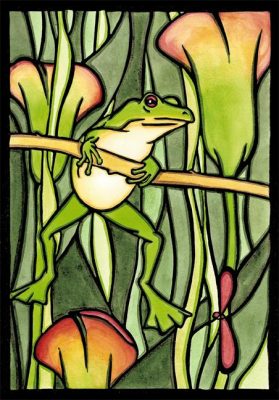Doug Tallamy is not an idiot, so when he talks about a new national park that extends across the entire continent, he’s not proposing to bulldoze cities or tear up freeways. No; he’s talking about converting half the space that now goes to lawns to more productive plantings—plantings that attract insects, especially native ones. And what plants attract native insects? Native ones, of course.
As the chair of the Department of Entomology and Wildlife Ecology at the University of Delaware, Doug knows whereof he speaks. And he’s got the relevant statistics at the tip of his tongue. How many spicebush leaves does the larvae of a spicebush swallowtail need to become a butterfly? Three. What percent of a black bear’s diet is insects? Twenty-three percent. How many caterpillars do a pair of bluebirds feed their young each day? Three hundred.
Doug may be most widely known as the author of the tremendously popular book Bringing Nature Home: How You Can Sustain Wildlife With Native Plants. As my guest this week, he explains both why we need more native plants and more varied ones in our gardens, and also how we can go about the initial steps of landscaping for this change.
Originally produced by The Manic Gardener on March 12, 2012.
